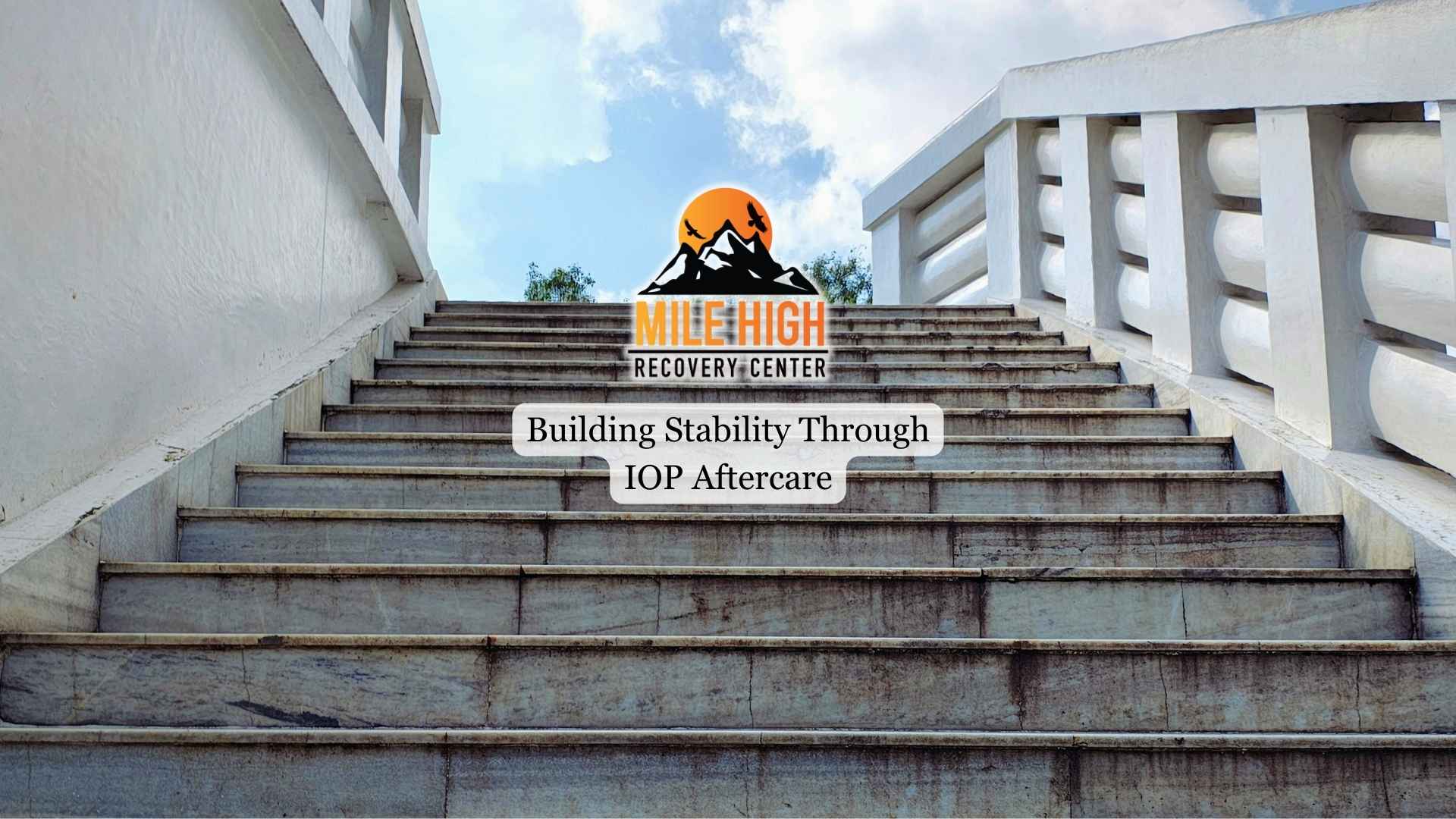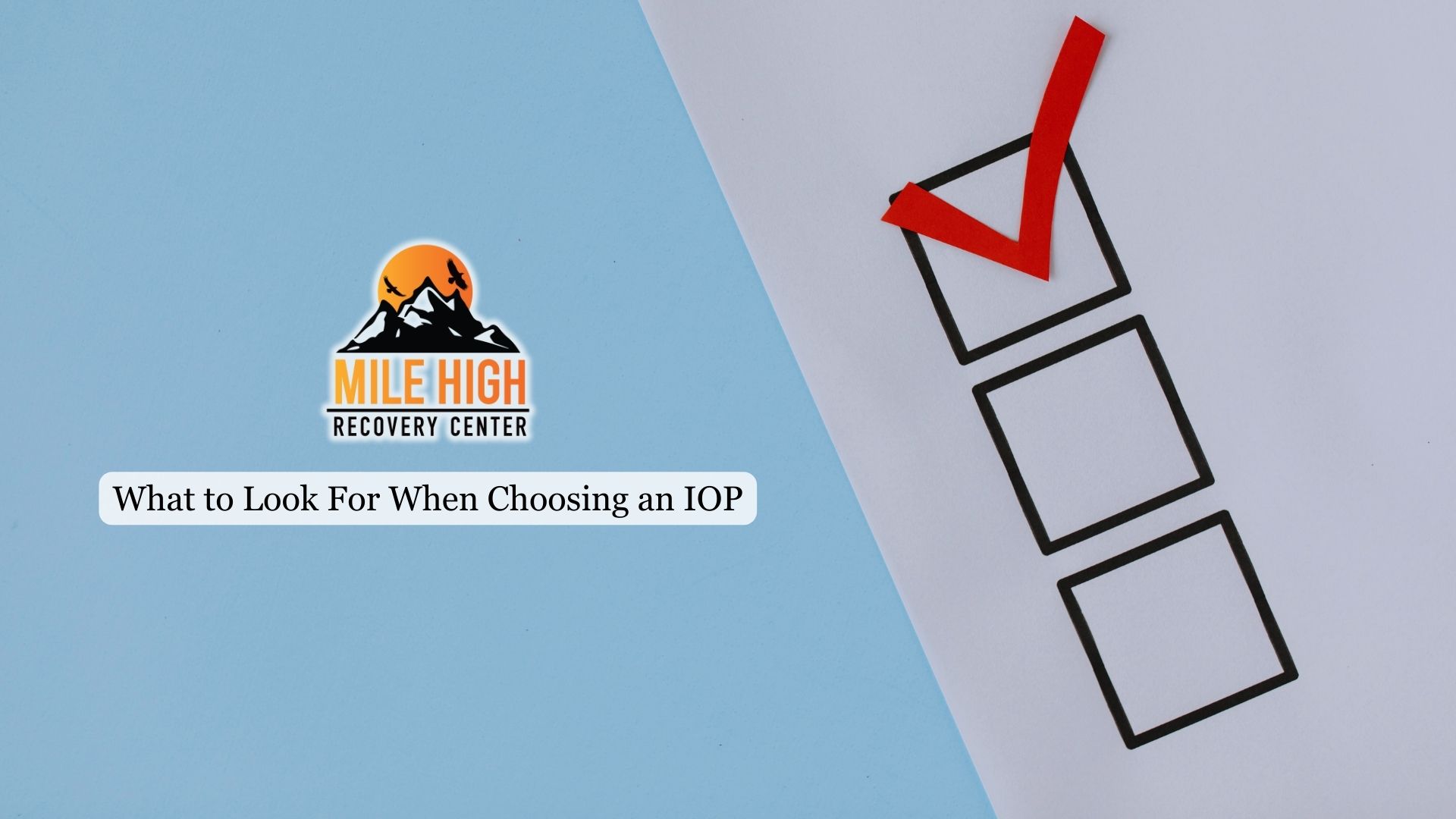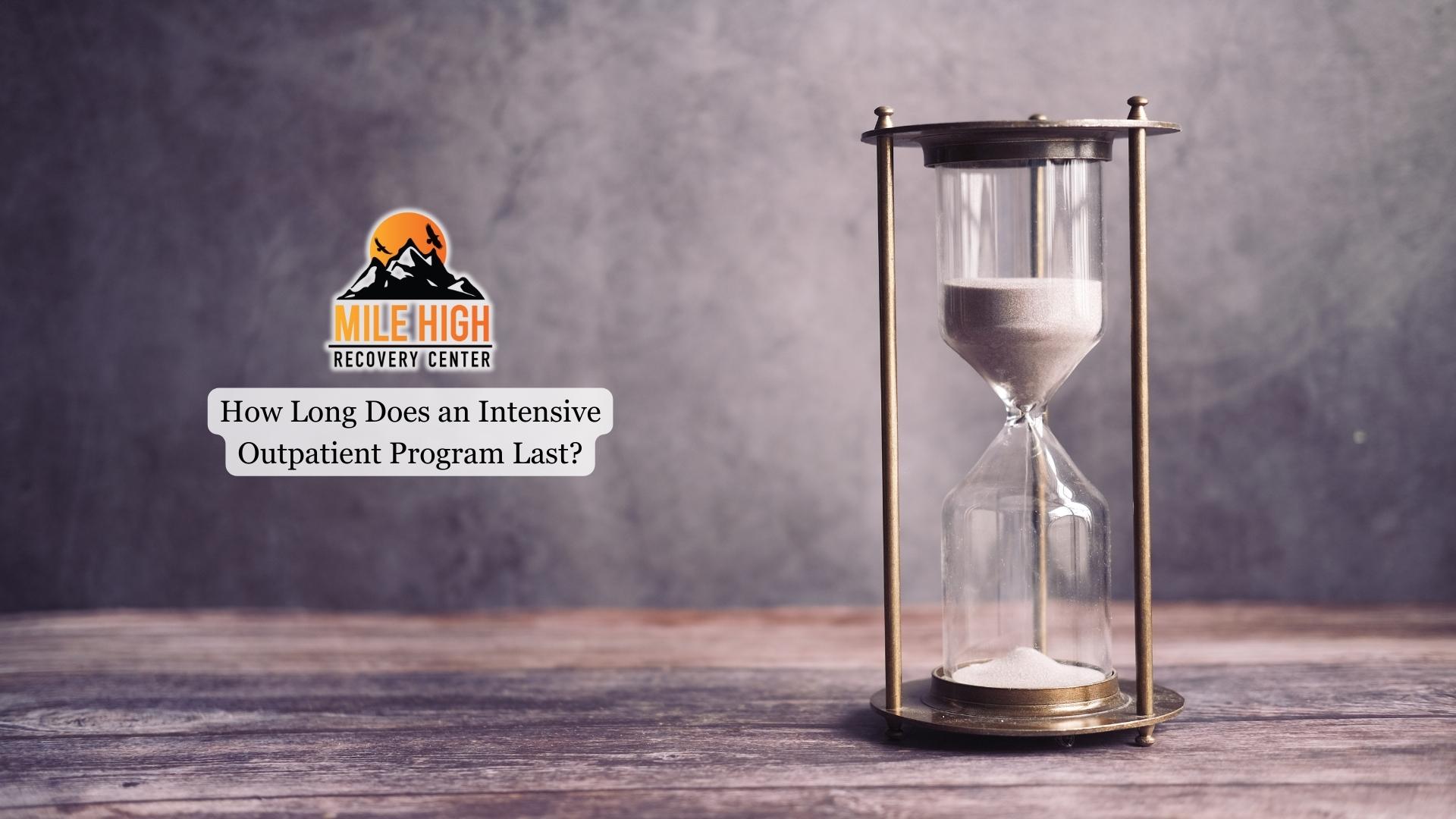Medication-assisted treatment (MAT) is a cornerstone of modern addiction treatment, especially for people with opioid use disorder (OUD) and other substance use disorders. MAT combines FDA-approved medications with counseling and behavioral therapies to provide a comprehensive approach to the treatment of opioid dependence and substance abuse.
This article will review the most common medications used in medication-assisted treatment for opioid and alcohol use disorders, how they work, and their role in effective treatment plans.

Understanding Medication-Assisted Treatment
Medication-assisted treatment relies on a combination of medications and supportive therapies to treat substance use disorders, reduce opioid use, and support long-term recovery. This approach is endorsed by the Substance Abuse and Mental Health Services Administration (SAMHSA), the Food and Drug Administration (FDA), and the National Institute on Drug Abuse (NIDA) as the most effective treatment for opioid addiction and opioid withdrawal symptoms.
MАТ stands as the most effective method for individuals seeking to overcome opioid use disorder, substantially lowering the risk of relapse and overdose. This form of treatment has become a fundamental element within comprehensive addiction treatment strategies.
FDA-Approved Medications for Opioid Use Disorder
There are three FDA-approved medications used in the medication-assisted treatment of opioid use disorder: methadone, buprenorphine, and naltrexone. Each medication works differently on opioid receptors in the brain and is used to treat opioid use disorder in various clinical settings.
Methadone
Methadone is a full opioid agonist that reduces opioid cravings and controls withdrawal symptoms by activating opioid receptors in the brain. Used in methadone maintenance treatment and opioid replacement therapy for opioid dependence, methadone is dispensed only through certified opioid treatment programs (OTPs). Methadone treatment helps stabilize patients, reduce illicit drug use, and lower the risk of opioid overdose. Methadone maintenance for opioid dependence has been shown to improve retention in treatment and reduce opioid-related deaths.
Buprenorphine
Buprenorphine is a partial opioid agonist, meaning it activates opioid receptors but to a much lesser degree than full agonists like methadone. Buprenorphine treatment may reduce cravings and withdrawal symptoms without producing the same high or risk of overdose. It can be prescribed by qualified clinicians in office-based settings, expanding treatment access for patients with opioid use disorder.
Buprenorphine is available in various forms, including sublingual tablets, films, and extended-release injections. The combination of buprenorphine-naloxone is often used to treat opioid use disorder and prevent misuse. Buprenorphine is a key medication for addiction treatment and is associated with reduced opioid use and improved outcomes.
Naltrexone
Naltrexone is an opioid receptor antagonist that blocks opioid receptors in the brain, preventing opioids from producing euphoric or sedative effects. Naltrexone treatment is available as a daily oral tablet or a long-acting injectable (extended-release naltrexone). It is used to treat opioid use disorder and alcohol use disorder, and it is most effective for patients who have already completed detoxification. Naltrexone for opioid and alcohol use disorder helps prevent relapse by blocking the effects of these substances, making it a valuable tool in comprehensive treatment plans.
How These Medications Work
Methadone and buprenorphine are used to treat opioid use disorder by stabilizing brain chemistry, reducing cravings, and relieving withdrawal symptoms. Methadone is a full opioid agonist, while buprenorphine is a partial opioid agonist, both binding to opioid receptors but with different effects and safety profiles.
Naltrexone works differently as an opioid receptor antagonist, blocking the effects of opioids and helping to prevent relapse. It is also used in the treatment of alcohol use disorder.
Benefits and Considerations
Medication-assisted treatment for opioid use disorder is associated with reduced overdose risk, improved retention in treatment, and lower rates of infectious disease transmission and criminal activity.
Methadone and buprenorphine are the only medications proven to reduce opioid-related deaths. Naltrexone is effective for relapse prevention, especially after detoxification. All three medications may be used as part of a comprehensive approach to the treatment of substance use disorders, often in combination with counseling, behavioral therapies, and support services.
Read more about the benefits of MAT here.

Medications for Alcohol Use Disorder
In addition to medications for opioid use disorder, MAT includes options for treating alcohol use disorder. The most common medications are acamprosate, disulfiram, and naltrexone. Among these, naltrexone is available in both oral and extended-release injectable forms, with the injectable version marketed as Vivitrol.
Vivitrol is administered once a month and works by blocking opioid receptors in the brain, making alcohol less rewarding and helping to reduce cravings and prevent relapse.
These medications help reduce cravings and support abstinence in patients with alcohol use disorder, and are most effective when combined with behavioral therapy and support programs.
Access and Treatment Planning
Despite the proven effectiveness of medication-assisted treatment, only a minority of people with opioid use disorder receive these medications. Expanding access to FDA-approved medications and integrating them into individualized treatment plans is crucial for improving outcomes and reducing the harms associated with substance abuse and mental health challenges.
Treatment providers, including office-based clinicians and opioid treatment programs, play a vital role in ensuring patients with opioid use disorder receive evidence-based care.
Final Thoughts from Mile High Recovery
Medication-assisted treatment for opioid use disorder, alcohol use disorder, and other substance use disorders is the gold standard for effective treatment. The three FDA-approved medications—methadone, buprenorphine, and naltrexone—help people reduce opioid use, prevent relapse, and support long-term recovery.
Mile High Recovery offers Medication-Assisted Treatment services in Denver, CO within a caring and well-organized setting, integrating medical care with counseling and peer support. We support and guide each client through their recovery journey with respect, safety, and the essential resources for lasting healing.







